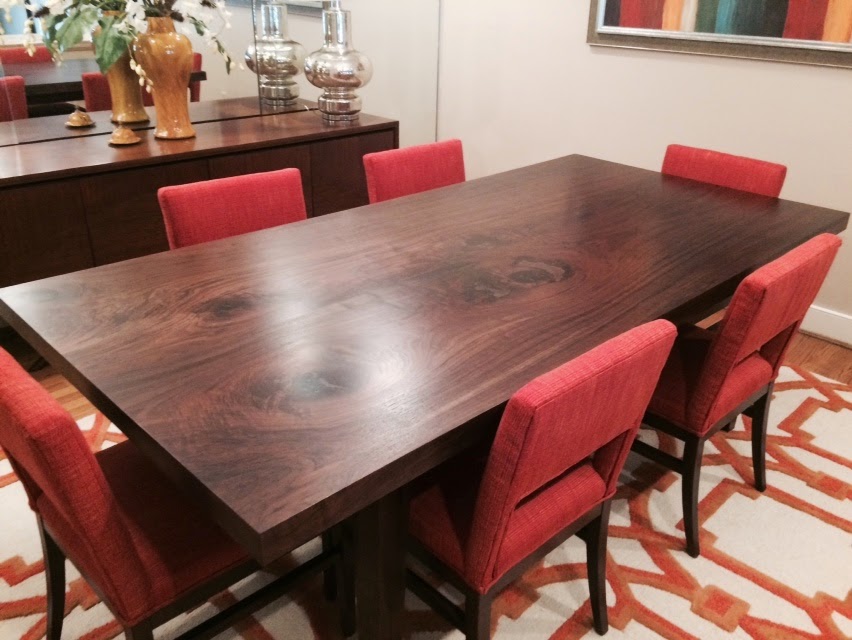If you have a rotten fence post you may be hesitant on what exactly replacing it might entail. Fortunately, it’s not that complicated. Before you get started know this, you will break a sweat and it will help to have an extra set of hands. The sooner you get to it the sooner you’ll be done and on with your Saturday activities in no time.
Some of the things you will need for this project:
- A Sledgehammer
- Safety Glasses
- Concrete Mix
- A Big Bucket
- A New Matching Fence Post
First you need safety glasses and a sledgehammer. Sounds fun already, right? You will also need a shovel and some gloves. You want to dig a hole around one half of the post around concrete base and just as deep. You’ll need to dig it wide enough so that you can comfortably swing a sledgehammer at the concrete block. Once you break away about half of the concrete you and your helper should be able to pull the post out. If the post breaks during your sledgehammer wielding, you can tie a rope around the pier to pull the rest of it out.
Now, set your new post so that it is less likely to rot. After you mix the concrete in a big bucket following the instructions on the bag, you want to pour your concrete so that it extends a few inches above the grass. Taper you concrete so that rain is directed away from the post and into the ground. If you’re worried about the aesthetics of the concrete over the function, you can always go back and paint the base green once it has set.
If you’re unhappy with a newly replaced post alongside your old dirty fence, use the whole weekend and make it a fence restoration project! Power wash. Stain. Fence like new. Be sure to pick the right pressure and spray tip so that you don’t split the wood. Discontinue spraying when no more color change occurs on your fence. Power washing will roughen up the grain of the wood, but that will allow your stain and sealant to thoroughly penetrate the surface. Use a roller to coat your fence, but then use a brush to move the stain to the corners and push the stain further into the wood, eliminating drips.
Fence post replacement isn’t a long job, but it does take muscle, and renewing the finish of your fence isn’t a tough job, but it takes a little time and patience. With the right team, you’ll be done by the weekend!









